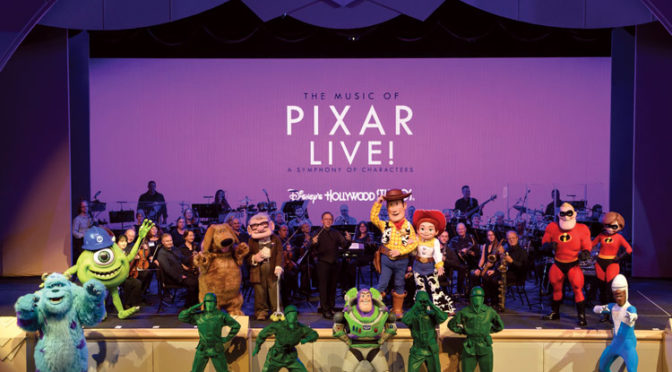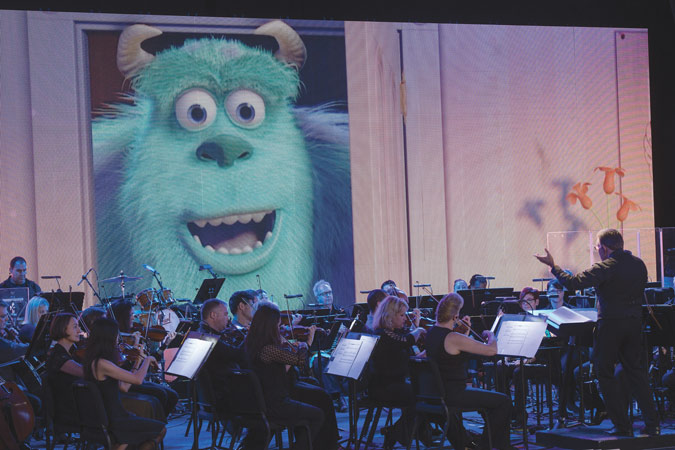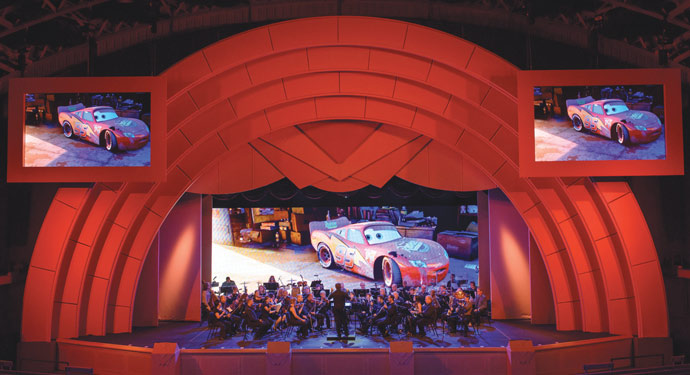The Los Angeles Chamber Orchestra (LACO) has received the largest gift in its history: a $1.5 million donation to endow the principal oboe chair. The gift comes from longtime LACO donors Carol and Warner Henry, and was made in honor of Allan Vogel of Local 47 (Los Angeles, CA), who served as LACO’s principal oboe for 44 years until his retirement in June 2016.
“How wonderful that my dear friends Warner and Carol Henry have so generously ensured the strength of LACO’s oboe section well into the future,” says Vogel. “Music lovers and musicians in our community are truly fortunate that the Henrys are such passionate supporters. They glow with selfless appreciation of our art. I look forward to joining LACO audiences to hear each concert begin with a glorious tuning ‘A’ from LACO’s principal oboe Claire Brazeau [also of Local 47].” The Henrys’ gift will also support the performance of baroque music and LACO’s Baroque Conversations series.
Musicians of LACO are represented by Local 47.










